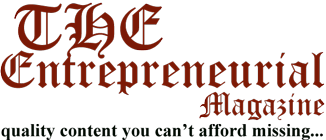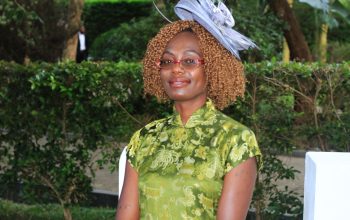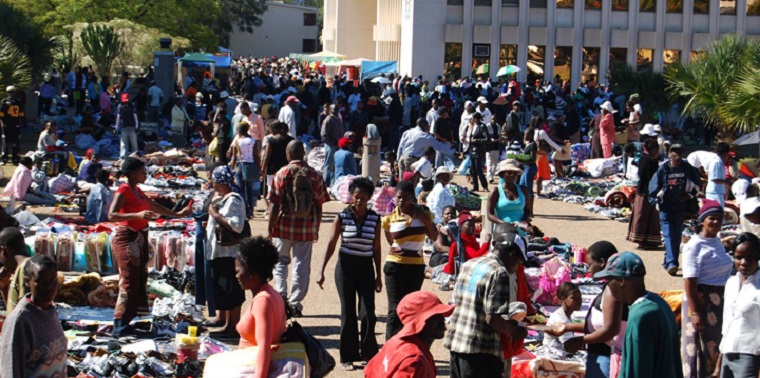The beef cattle industry has lots of potential for growth leading to improved production and productivity. There are numerous opportunities in the beef value chain. Beef cattle rearing can be very rewarding if done based on correct knowledge, reliable market base and well outlined objectives. This business requires time, expertise and information.
Fattening refers to the feeding of high energy and protein diets to cattle under confinement for a period of +/-100 days. It involves the intensive feeding of cattle in troughs and restricted areas. Pen fattening increases the degree of finish of the animal hence higher grades at a lower age. It also increases turnover through addition of extra mass to young stock and allows beef farmers to take advantage of seasonally high prices.

Success of a pen fattening project comes from ensuring that the animals consume the available feed; the environment is conducive and continuous monitoring of the health of animals. The performance of an animal under feedlot conditions is influenced by several factors which include age and size of the animal, live weight before fattening, sex of the animal, breed and feed quality.
Usually young animals perform better than old animals in pen fattening and it is mainly attributed in high feed conversion efficiency in young animals.
A beef farmer can keep either fatten local cattle breeds or purebred beef cattle of exotic types. Indigenous beef cattle take less capital and are readily available. In Zimbabwe; we have indigenous breeds such as the Mashona, Nkone and Tuli. The exotic breeds include the Beef master, Hereford, Simmental etc. Each class has its merits and demerits, however, the exotic breeds generally perform better under feedlot conditions .The indigenous which perform better is mainly Nguni type of cattle e.g. the Brahman. Breed selection is determined by the objectives of the farmer as well as resources available.
The following practices may improve the performance of the cattle in the pens. Dip all animals just prior to penning in order to kill ticks. Dose the animals against internal parasites such as round worms, liver fluke, and tape worms. Weigh the animals before penning to determine the induction mass and value and also to measure weight increase in between. Group animals according to sex, size and type for easier management such as feeding.
There should be plenty of good quality roughage and clean water always. Sudden introduction of high diets can lead to digestive upsets such as acidosis and possible cattle deaths hence it is important to introduce new feed gradually. In the diet, the energy source, roughage and protein sources are to be considered.
The energy source of pen fattening ration is made up of cereals of maize, molasses and silage. Maize is most commonly used as the energy source in most diets. Roughage sources often consists of snapped corn, maize stocks silage, cotton hulls, sunflower hulls, milled grass and hay.
Protein sources increases the animal feed intake and growth rate. Natural protein concentrates that can be used include cotton seed meals, sunflower meal, groundnut meal, blood meal, soya bean meal and fish meal.
The objective in pen fattening is to allow animals to attain target weights and achieve the required flesh and fat cover within about 100 days. With a target slaughter weight of 450kg live weight average daily gains for steers inducted at 250 – 320kg should be at least 1.5 kg per day. At that rate, the usual penning period ranges between 80 to 100 days.
Supplying high quality beef is key in the success of this project. Markets can include individual buyers, butcheries, abattoirs and other private institutions.
In conclusion this business venture requires planning, seeking expert knowledge, carrying out feasibility studies of the project, availability of finances and well defined reliable market. If the business is done well based on recommended principles, is highly rewarding.








I am really inspired .This information is Priceless .Thank you for this wonderful read guys.Keep it up
thank you for the feedback